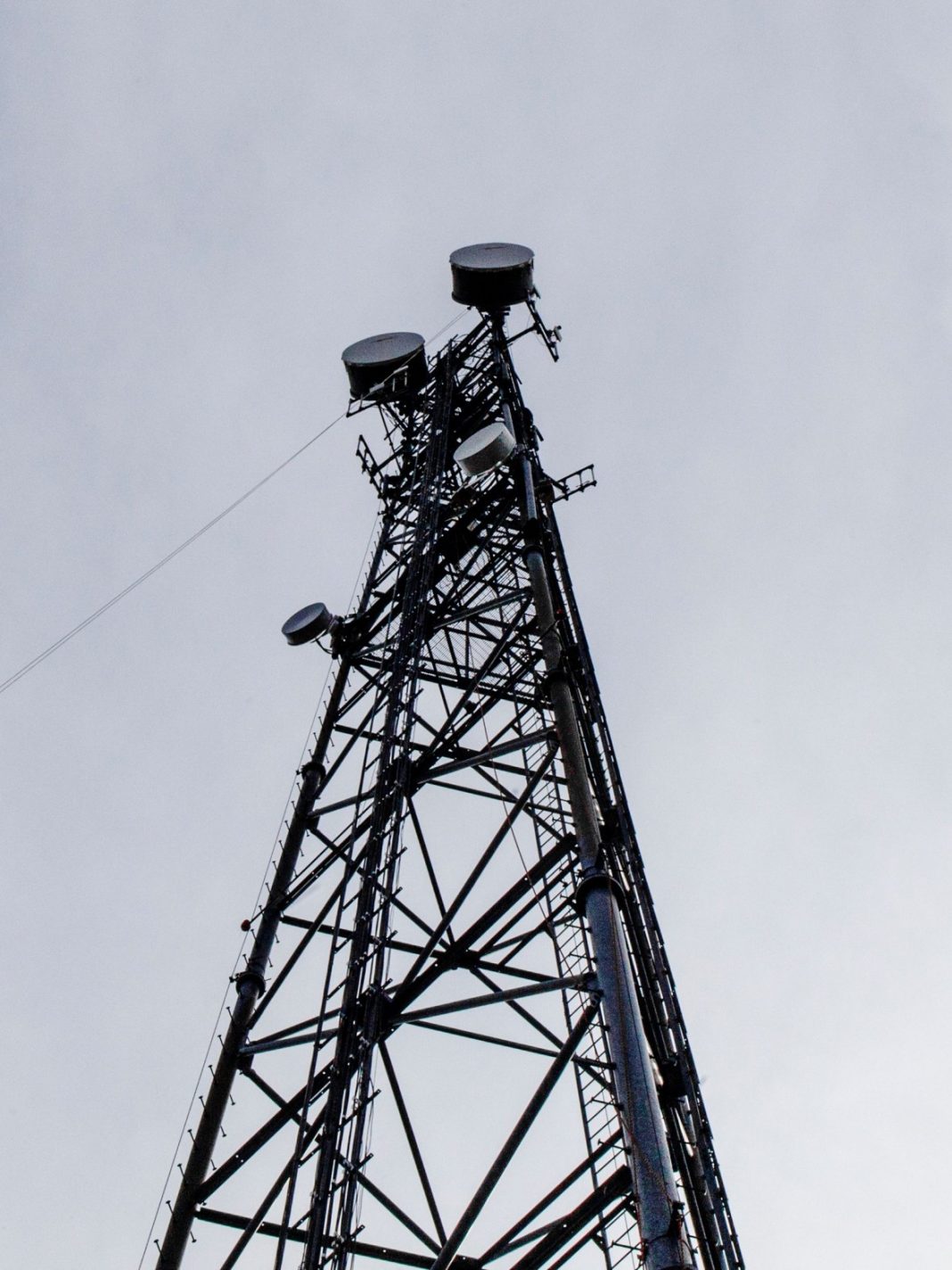The introduction of 4G networks was an exciting time and the launch of 5G is expected to be even better. Experts predict that within just a few years we’ll all be benefiting from the use of 5G networks. What this means essentially is super fast networks with minimal delays or disruptions. You’ll be able to download a 90 minute high-definition TV show in less than three seconds or send an instant update to self-driving vehicles. These are just some of the possibilities that 5G networks will bring, but overall, the network is expected to be around 10 to 20 times faster than what we have already.
5G networks bring such faster speeds because they operate in millimeter waves that have a lot of available bandwidth. The problem is that because its wavelengths are shorter they’re easily disrupted. “We need to look at how the signals are affected by things like snow, rain, sleet, hail, maple trees, oak trees, and spruce trees because each of those will be different,” said Bob Bennett, and AT&T research engineer. The cost is another issue that needs addressing before we can all benefit from the faster networks. Currently, engineers are having to use fragile, bulky equipment that can only be used outside for a limited period time. To get around this problem, Bennett and colleagues created special weatherproof radios that will be able to collect and analyze more real world data in order to develop more efficient tools.
Since the radios were first implemented last September, engineers now have a good understanding of and have seen for themselves how tree leaves, traffic, and heavy rain can all obstruct millimeter wave signals. So now it’s a case of analyzing this data and developing the long-awaited network to a specification that will please us all. But, that’s probably much easier to say than do, and realistically we’ll still be looking at around 2020 before 5G is really being used to its full potential.
More News to Read
- The Search for Dark Matter Particles Goes Full Steam Ahead with CERN
- Researchers Obtain First Ever Ripple Measurements from the Cosmic Web
- Cassini’s First Flight Through Saturn’s Rings Reveals Shocking Data
- These 3-Dimensional Microstructures Can be Written Using a Laser, Erased, and Rewritten
- Jupiter’s the Biggest Planet on the Universe – Is it Even Possible to Get…











